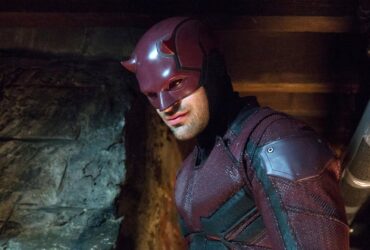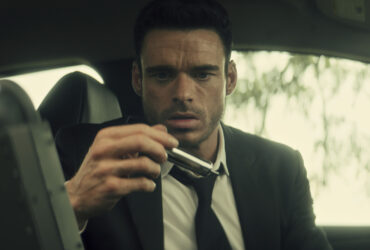Disney released the first trailer for Andor season two earlier this week and the TV series still looks better than anything else to come out of the Star Wars universe in at least half-a-decade. That’s faint praise for an excellent show, though. There just isn’t much competition apart from the first two seasons of The Mandalorian, which were both pretty good.
Well, until the season two finale, but more on that in a minute.
Star Wars’ remaining TV efforts have been mid to bad, and there hasn’t been a movie released in the last five years at all. The only real competition comes from the world of video games, but Fallen Order, which I love, is over five years old, while Survivor lost me around the midpoint, and Outlaws was a pretty good Ubisoft stealth-action game that still couldn’t compare to arguably the most classic Star Wars stuff since the original film.
Preserving Techniques From A Long, Long Time Ago
What makes Andor so impressive is that it avoids all the trappings that Star Wars TV otherwise falls into, which it does by using basic filmmaking craft. It isn’t shot using Stagecraft, the technology that uses huge LED screens around the soundstage to allow the actors and filmmakers to see an approximation of what the backdrop of a scene will look like when VFX work is complete.
That tech can be used well (The Batman, The Fabelmans, early Mandalorian), but often just makes it look like the actors are walking around in an empty void. This was one of my biggest issues with Obi-Wan Kenobi, which tended to eschew the clutter that makes a Star Wars location sing in favor of empty smoothness.
It looks lifeless, so Andor eschewed all that by using terrific sets and location shooting, which are still present in season two. The series still uses CGI — there are shots of explosions and the Death Star in the trailer — but it has a more tactile, lived-in feeling thanks to more old-school techniques.
Recently, a tweet went viral showing how much compositing was used to replicate the New York Public Library in Ghostbusters: Frozen Empire because actually shooting in front of the location was “infeasible”. It received so much attention because it seemed ridiculous that you would digitally recreate a building and the cars and street passing in front of it rather than… choosing another location? Putting in the work on planning so that the real-world location would work?
Some movie fans are impressed by this kind of stuff, but I think more are disappointed when things that can be done for real are unnecessarily shunted to a computer, giving them a faker, disappointing facsimile instead. Andor represents a rejection of that ethos.

Related
Star Wars Outlaws Feels Like Andor With More Fanservice
Thieves fighting for their freedom? I’m into it.
Characters Over Cameos
Andor is grounded on a narrative level too, and is good at emphasizing the importance of its own story and characters, not continuing an overarching story or heavily relying on cameos from pre-existing characters to make the audience care.
There are characters from other Star Wars properties who appear in Andor. The titular lead was introduced in Rogue One, revolutionary leader Saw Gerrera was introduced in The Clone Wars, and the secretly Rebel-allied politician Mon Mothma was introduced all the way back in Return of the Jedi.
But Andor is strengthened by showrunner Tony Gilroy admittedly not being a Star Wars fan. I rolled my eyes when Jon Favreau described working on The Mandalorian & Grogu as “playing with action figures“. As tempting as it is for the filmmakers (or game developers, or even novelists) who grew up with Star Wars to treat it as a toy box when they get their chance to work in that world, it doesn’t make for good storytelling.
Luke Skywalker showing up at the end of The Mandalorian made some Star Wars fans cry, but it was the moment the series lost me. Resolving the climax of your season via deus ex machina is a bad idea, even if the god in the machine is an iconic hero. Luke hadn’t been a character in Mando and Grogu’s story until that point, so turning the most dramatic moment of the series over to him demonstrates a lack of faith in its own construction. It said, this isn’t strong enough to stand on its own. We need a cameo.
Andor doesn’t use its pre-existing characters as cameos, though. Cassian Andor is the lead. Mon Mothma is a crucial supporting character, who serves as the audience’s entrypoint into the Empire’s politics. Saw Gerrera is the closest thing to a cameo appearance in the first season, but Gilroy uses him to express ideas, to argue with Luthen Rael about revolutionary methods, not as a simple link to the broader Star Wars universe fans love. The most exciting character shots in the season two trailer are the ones showing the return of characters we met in the first season, not previous Star Wars properties. What are those freaks Syril Karn and Dedra Meero going to get up to this season? Nothing good, I bet!
That’s what TV can do: continue characters’ stories from season to season, finding new layers, new depths, new shades. Andor’s return is exciting because it isn’t trying to tell another chapter in the Skywalker story. It’s a familiar galaxy, but it’s taking us somewhere new.














Leave a Reply